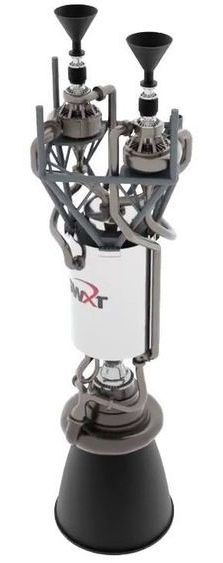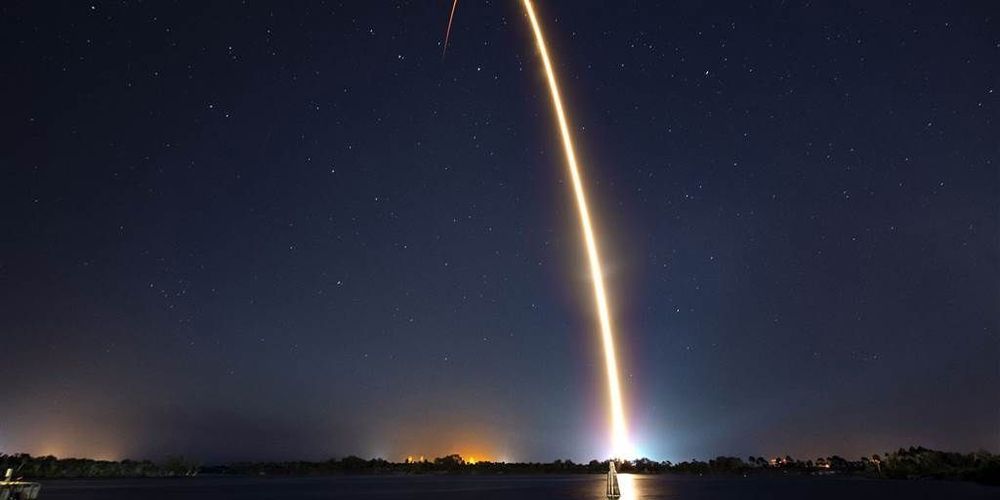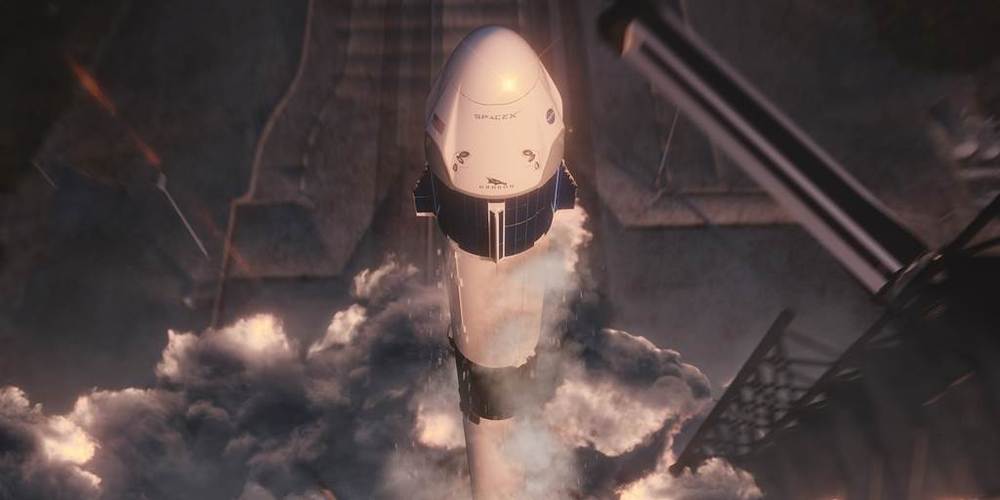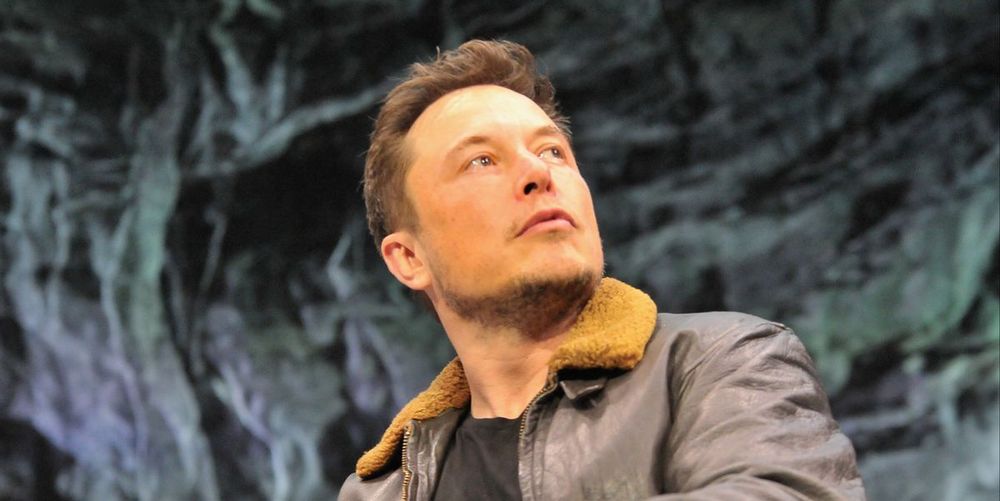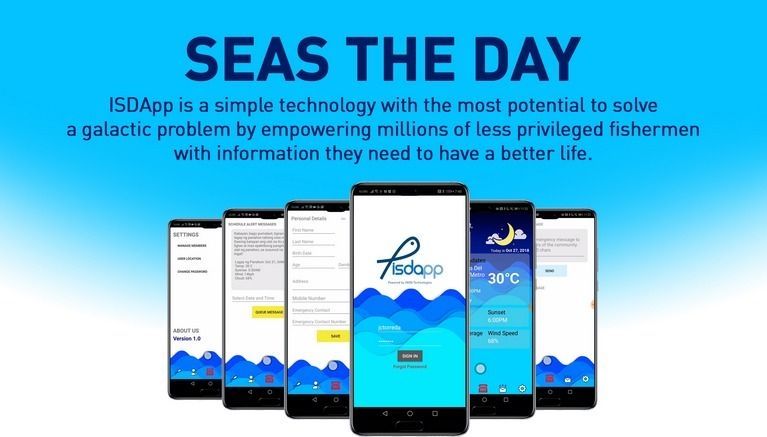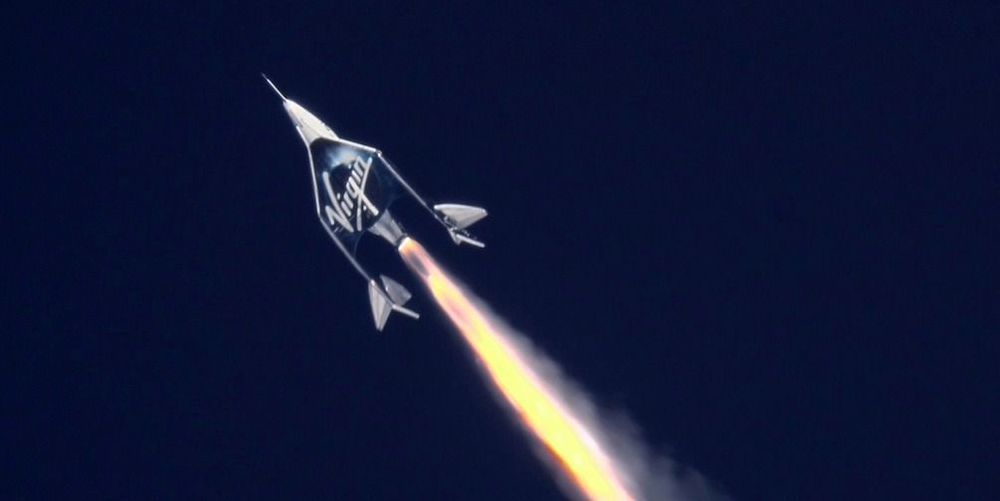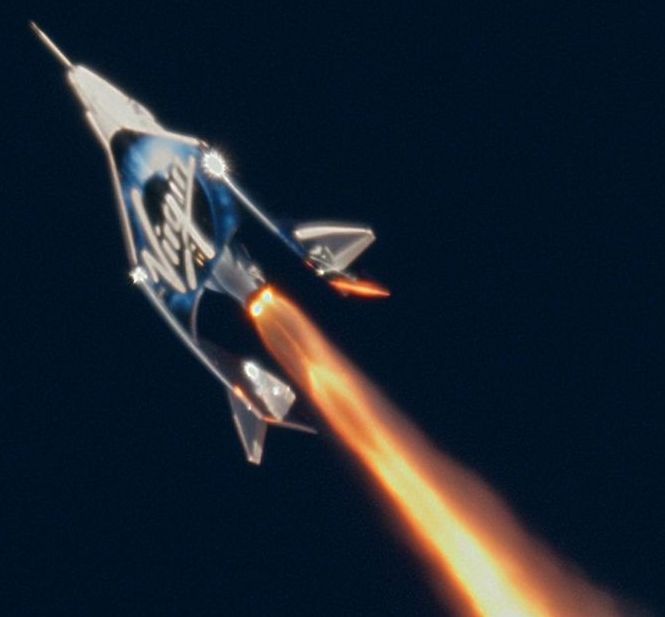Mar 1, 2019
NASA Will Flight Test a Nuclear Rocket by 2024 and Other High Tech NASA Projects
Posted by Klaus Baldauf in categories: robotics/AI, space travel
A portion of NASA’s $21.5 billion 2019 budget is for developing advanced space power and propulsion technology. NASA will spend $176 to $217 million on maturing new technology. There are projects that NASA has already been working on and others that NASA will start and try to complete. There will be propulsion, robotics, materials and other capabilities. Space technology received $926.9 million in NASA’s 2019 budget.
NASA’s space technology projects look interesting but ten times more resources devoted to advancing technological capability if the NASA budget and priorities were changed.
